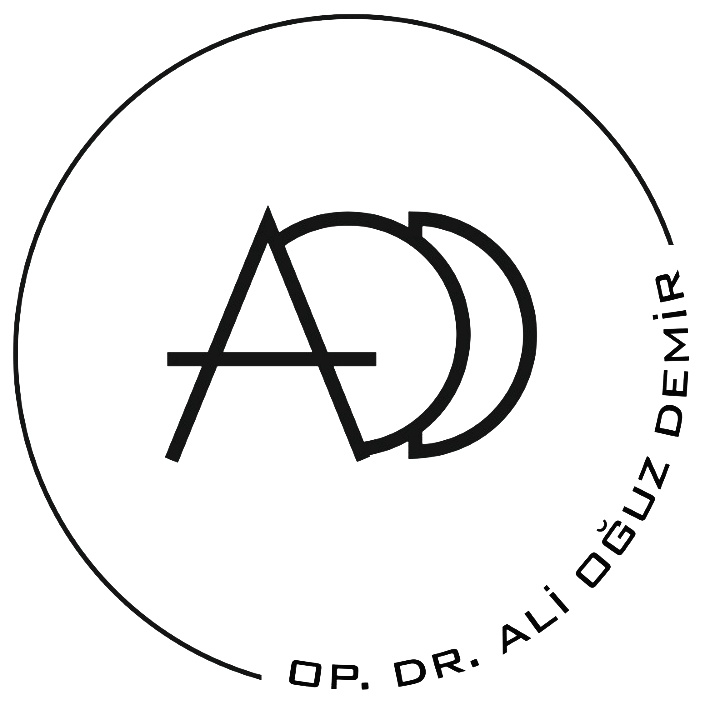Sinusitis Surgery
Sinusitis is an inflammation of the sinuses, usually caused by viral or bacterial infections. Sinusitis surgery is an operation to open the sinuses and remove the inflammation. This surgery is usually performed like adenoid surgery.
Who is suitable for sinusitis surgery?
Sinusitis surgery is usually applied in the following cases:
Chronic sinusitis: This is a condition that causes constant inflammation in the sinuses. This condition prevents the sinuses from ventilating and causes the symptoms of sinusitis (nasal congestion, pain, cough) to persist. People with chronic sinusitis undergo sinusitis surgery.
Recurrent sinusitis: This problem is an inflammation of the sinuses that occurs frequently, although not constantly. This condition also closes the sinuses and causes the symptoms of sinusitis to continue.
However, the doctor may also recommend this procedure for patients who have tried different treatment methods but have failed.
How is sinusitis surgery performed?
Sinusitis surgery consists of the following steps:
Anesthesia
The specialist will determine the type of anesthesia according to the patient’s condition. After the anesthesia takes effect, the procedure begins.
Procedure
The surgeon inserts an endoscope into the nostril to visualize the sinus cavities. Once inside the nostril, the surgeon removes polyps or bones that may be causing the blockage. The specialist may also use a laser device to remove excess tissue.
Once the cavities have been cleared, the doctor widens the sinus canals that open into the nose. Thus, drainage pathways are also opened. Since there is no incision during the procedure, there will be no scarring. The procedure takes an average of 1 to 2 hours.
What Should Be Considered After Sinusitis Surgery?
The things to be considered after sinusitis surgery are as follows:
Recovery after sinusitis surgery is relatively fast. If the patient’s work activity does not require any physical effort, it can continue calmly. On the other hand, exertion or physical activity is not recommended until 1 month has passed.
Tampon sensation and minor bleeding in the first few days are normal symptoms. The cheeks may also be slightly swollen during this period.
Touching the nose area should be avoided during this period. The face should only be washed with cold water.
Medicines prescribed by the doctor should be used meticulously.
Soft foods should be consumed after treatment.
Nasal care should be done daily according to the specialist’s instructions.
